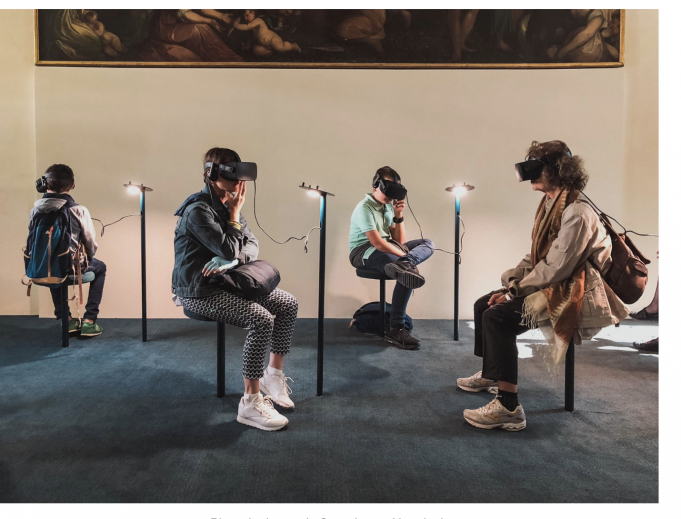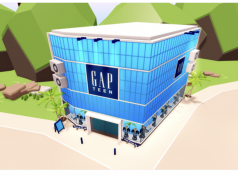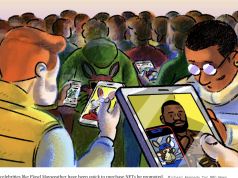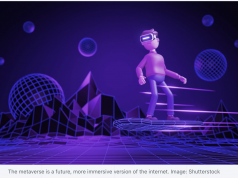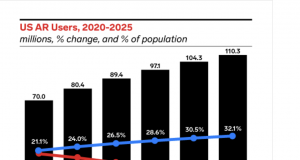One Zero, April 25th, 2022. Benya Clark
I was skeptical of virtual reality. For the past few years, I’ve been reading articles and watching videos about the technology as it has rapidly risen in popularity, but I wasn’t so impressed by what I saw.
VR looked fun. I’m a lifelong science-fiction reader, and it was certainly cool to see a futuristic concept that I’ve read about in books suddenly become real-world and mainstream.
But, despite my interest, I still couldn’t understand how VR would possibly live up to the hype that it’s received from its most ardent fans. Could it really revolutionize the internet? The world?
To me, VR appeared at best a fun toy or gimmick. It was a way to make video games a little more immersive or to get a 360-degree view of interesting locations.
Last month, I finally decided to stop reading about VR and actually try it out. Fortunately, the prices aren’t nearly as steep as they used to be. Initially, consumer-facing VR sets were priced at one thousand dollars or more, but over the past few years they’ve rapidly fallen in price. These days, a refurbished Quest 2 is just $250.
I had hoped that VR would be a fun way to play video games and hadn’t expected much more out of it than that. However, I’ve been completely blown away.
Surprisingly, it’s virtual table tennis which has really opened my eyes to the potential of VR. One of the very first games that I bought for my headset was Eleven, a VR table tennis simulator which is eerily real.
Playing Eleven feels almost exactly like playing table tennis in real life. You move your hands in the same way, hit the ball with the same movement, and even feel haptic feedback each time the ball hits your paddle.
As I played the game, I realized for the first time that what we learn in VR can transfer back to the real world. It’s one of those observations that might sound painfully obvious, but which I had to experience before I could really understand. By playing VR table tennis, I was improving my real table tennis game.
What makes this amazing is that VR is actually far more accessible than traditional methods of improving. The entire VR set was cheaper than a table tennis set, and it lets me find real people or AI opponents to play against at any minute of the day.
Of course, getting better at table tennis isn’t the most important thing in the world, but VR can also be used for all kinds of more serious real world training. For example, having high school students learn to drive cars in VR could drastically improve their driving ability before they ever touch a real vehicle, which in turn would save real lives. It can also be used for all kinds of occupational training.
It’s always a fool’s game to predict what new technology will bring, but I can’t resist. My expectation is that VR is going to become an even greater opportunity for equalization than the internet. Where the internet shared knowledge throughout the world, VR will share skills.
We will likely see a rapid increase in people’s ability to do all kinds of things, from hobbies, to life skills, to work-related tasks. People will be better at driving, better at dancing, and even better at performing surgery.
Right now, most VR users are doing little more than chatting and playing video games, but it won’t stay that way for long. This technology is poised to become one of the greatest learning tools that humanity has ever seen.
VR might seem like a gimmick at the moment, but it’s still in its infancy. Despite all of the jokes about the “metaverse,” I truly do believe that by the end of this decade, VR will play as large a role in many of our lives as the traditional internet.

